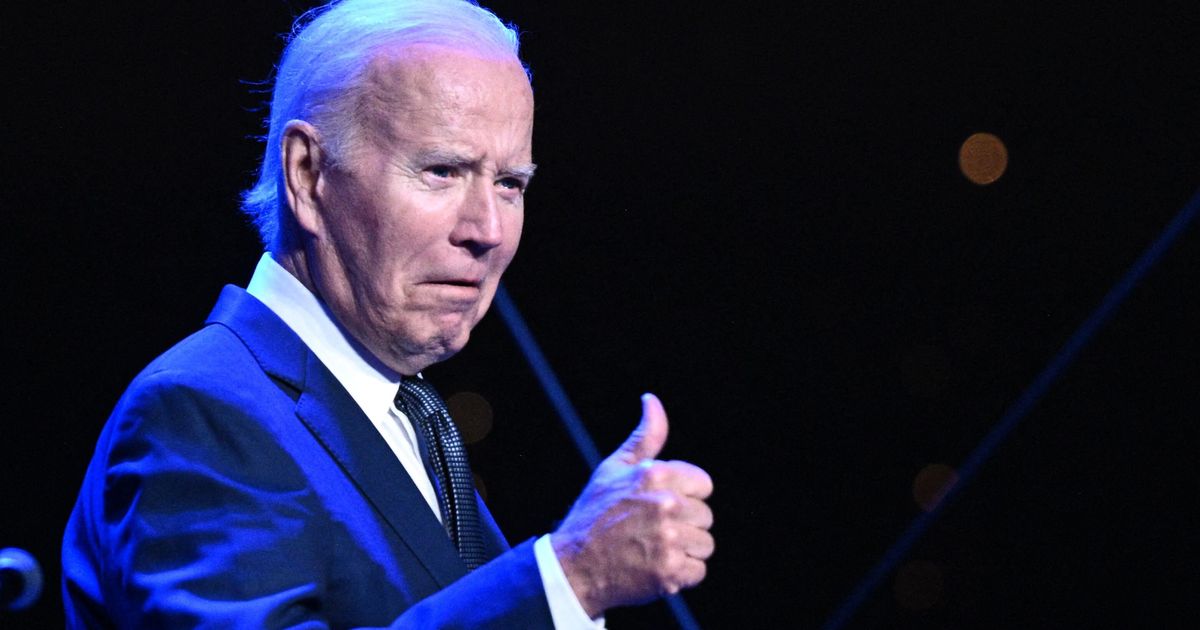When I first read the titile, I thought that the US is going to have to build A LOT to triple global production. Then it occured to me that the author means the US is pledging to make deals and agreements which enable other countries to build their own. Sometimes I think the US thinks too much of itself and that’s also very much part of American branding.
Where are my renewable bros at? Tell me this is bad.



Nah, I’ll believe a recent MIT report on nuclear power over anyone with a wall-of-text opinion on the internet.
https://energy.mit.edu/research/future-nuclear-energy-carbon-constrained-world/
That is a very interesting report, thanks!
Reading through the summary and overview, they address exactly the problem that I’ve highlighted: how can we build more reactors faster and more economically, without compromising safety? Of course that means that this issue remains unresolved for now, underscoring my point.
They avoid discussing the other risks I’ve mentioned (stability, war, proliferation) and admit as much, which is fair enough, but I cannot find any comment regarding the availability of fissile material in the supply chain, which I would think is a rather crucial point.
What I take away from this report is that Nuclear power has a place in solving the climate crisis, if we:
All in all, they conclude that sweeping changes are needed (which is always a risk) and disregard crucial present and known risks. Both these points are simply non-issues with solar, wind, and hydro-power.